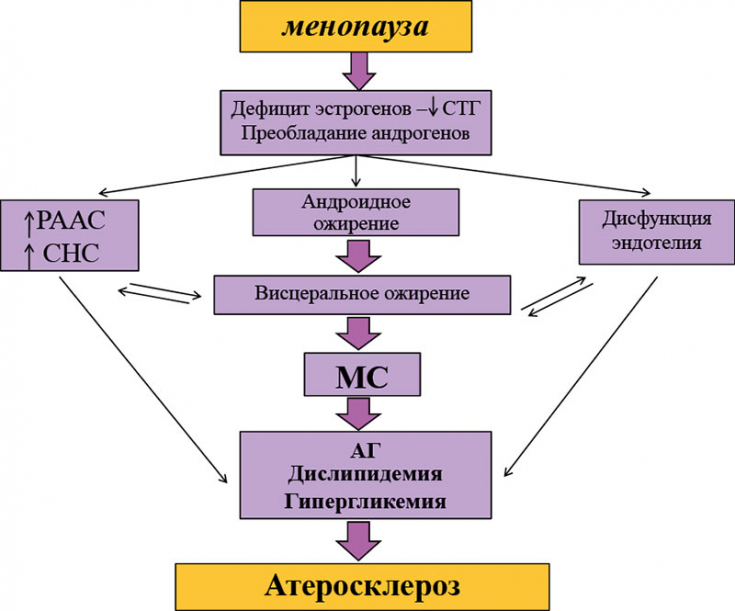is the most effective treatment for vasomotor and genitourinary symptoms associated with menopause. Adverse effects associated with MHT depend on various factors, including dosage, route of administration, duration of use, time of initiation, and choice of agent. The decision to initiate HRT should include a risk assessment and MHT prescription should be individualized. In the article estet-portal.com you can get detailed information on the effectiveness and timing of MHT initiation from
gynecologist-endocrinologist of the Department of Endocrine Gynecology of the Institute of Pediatrics, Obstetrics and Gynecology, senior researcher of the Department of Endocrine Gynecology, doctor of higher category, candidate of medical sciences, member of the Association of Obstetricians-Gynecologists, Endocrinologists Olga Efimenko.How much is menopausal hormone therapy necessary and how long does it take to initiate

Back in 2017, The North American Menopause Society (NAMS) formulated a conclusion regarding the need and safety of hormone replacement therapy, according to which hormone therapy is the most an effective treatment for vasomotor and genito-urinary symptoms of menopause and also prevents bone loss and fractures (level I). For women with premature ovarian failure (early natural or surgical menopause), especially before the age of 40 years, menopausal replacement therapy should be initiated early and continued until at least the median age of menopause (52 years).
Women in the menopausal transition are ideal candidates for initiating preventive measures.
Authors in a 2016 study concluded that the timing of MHT initiation has an impact on the relationship between treatment use and coronary risk, as well as the overall balance of benefit and risk: estrogens may have a beneficial effect on the heart if given in early menopause, when the woman's arteries are relatively healthy, and have a negative effect when given in late menopause, when the arteries are more prone to show signs of atherosclerosis.
In women in the period of early, but not late postmenopause, a slowdown in the development of atherosclerosis was noted while taking MHT (p=0.007).
Follow us onInstagram Menopausal Hormone Therapy: Choice of Therapy Mode
Generally speaking, there are 3 modes of MHT assignment: 1. estrogen monotherapy (for hysterectomy);
2. combination therapy (estrogens with progestogens) in a cyclic mode (with an intact uterus, but during the menopausal transition or perimenopause);
3. monophasic combination therapy (estrogens with progestogens) in continuous mode (in the post-penopause period).
Routes of drug administration include oral, transdermal, vaginal and parenteral.
Menopausal therapy for rejuvenation: exclusive advice from Dr. Shavrina

According to The Women's Health Initiative (WHI) 2012: There is a 30% reduction in overall mortality when starting MHT before the age of 60 or during menopause lasting HRT is ideally considered to start before the age of 60, with a duration of postmenopause.
At the same time, according to the results of an open randomized controlled trial performed in Denmark as part of the Danish Osteoporosis Prevention Study (DOPS), a 50% reduction in the risk of death from cardiovascular disease was found in women during the period early postmenopausal who were on MHT.

Thus, menopausal hormone therapy is an unconditional standard of therapeutic tactics for managing a patient with manifestations of the menopausal syndrome, not only in order to relieve symptoms and improve the quality of life, but also to maintain systems and organs in a healthy state.
Thank you for staying with estet-portal.com. Read other interesting articles in the "Gynecology" section. You may be interested in
Climacteric Syndrome: Principles of Hormone Replacement Therapy






